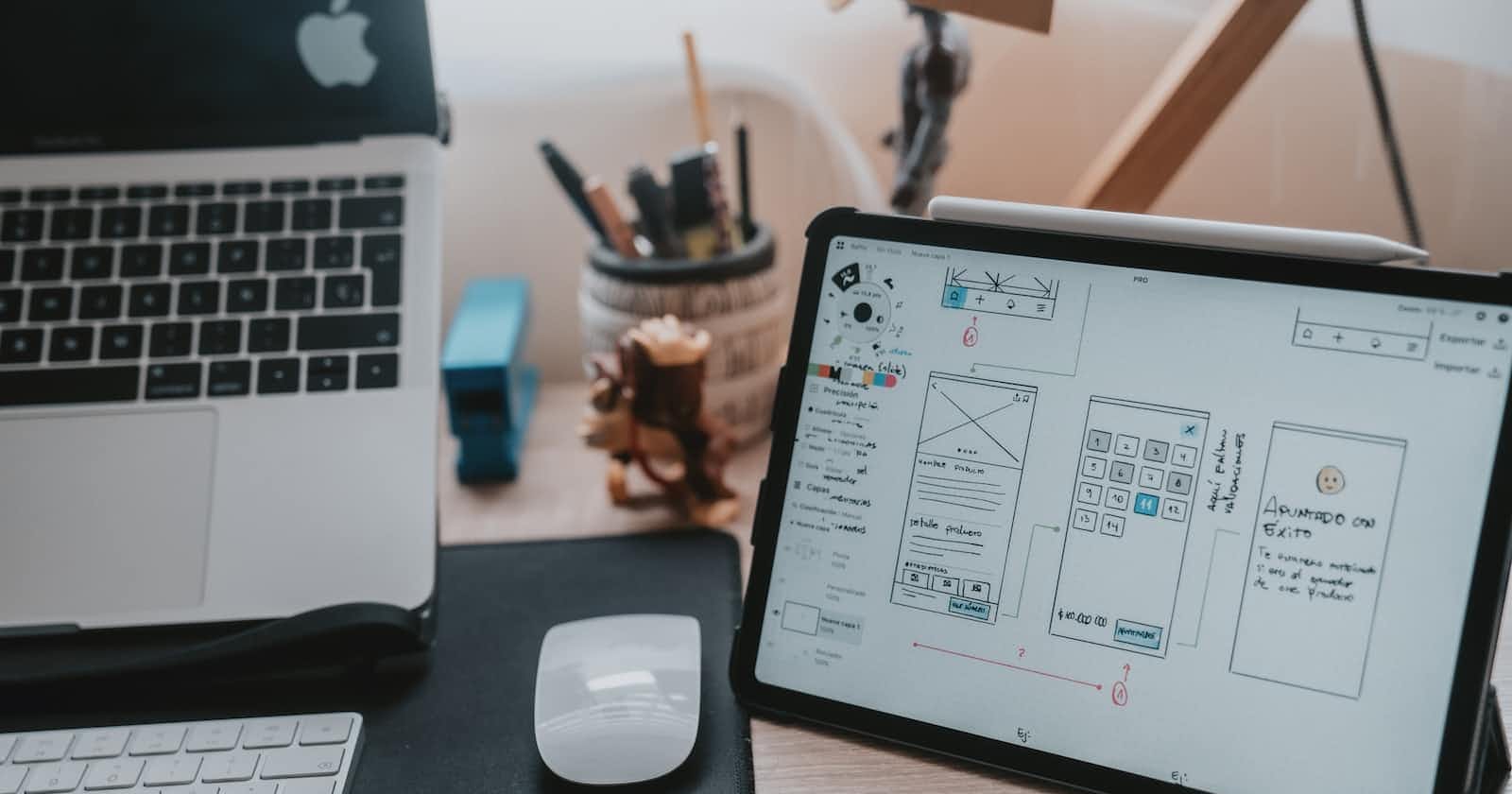Introduction
In the ever-evolving world of design, it's becoming increasingly apparent that not all designers follow a traditional path through design school. Many successful designers have paved their way through alternative routes, which is an encouraging trend for aspiring designers looking to enter the field without a formal education. In this blog post, we will explore a comprehensive roadmap that can guide you on your design journey, whether you're a college student considering design as a career or someone transitioning from another field. While everyone's starting point may differ, the challenges faced by designers are often similar. Let's dive into the roadmap and discover how to embark on your design career effectively.
The Foundation Phase
During the initial stage of your design journey, which typically spans zero to three years, you may find yourself in various positions. These may include being an intern, a moonlighter, a novice, or an all-in-one creative individual. Each of these roles presents unique opportunities and challenges. As an intern, you gain hands-on experience and practical knowledge by working with professionals in the industry. If you're a novice, your focus should be on acquiring essential design skills, such as mastering design tools like Figma. Additionally, you may be a moonlighter, juggling multiple creative endeavors while gradually delving into the design. Finally, the all-in-one creative individual often possesses design capabilities but may lack specialization in areas like UI or UX design.
Within this phase, the primary objective is to gain real-world experience and showcase your skills. Landing an internship, especially in UX and product design, can provide invaluable exposure and help you build a foundation for future growth. For novices, learning and mastering design tools like Figma is essential to enhance your capabilities. Furthermore, having a strong portfolio with well-crafted case studies becomes crucial for securing design opportunities, whether as an intern, a full-time employee, or a freelancer.
Expanding Horizons
The second phase of the design roadmap, spanning three to ten years, presents opportunities for growth and specialization. This period can see you transitioning into an individual contributor (IC) role at a company, honing your managerial skills, or exploring side projects and freelancing. As an IC designer, you become more comfortable working on complex projects and contributing to product design in startups or established companies. Managers, on the other hand, take on leadership roles, balancing managerial responsibilities while still being involved in design work.
In this phase, many designers also venture into side hustles, leveraging their design skills in various domains. Whether it's freelancing, creating media content, or exploring entrepreneurial endeavors, this period allows for expanding your horizons beyond a single role. Embracing such opportunities can lead to further personal and professional growth, while also diversifying your skill set.
Mastering Craft and Making an Impact
As you progress beyond ten years in your design career, you enter a phase where you have accumulated extensive experience and expertise. At this point, you may become a seasoned designer with a deep understanding of the industry and an impressive portfolio of work. This period often sees designers taking on senior or leadership roles, making substantial contributions to organizations, and mentoring the next generation of designers. By continually pushing boundaries and staying abreast of emerging technologies and design trends, you can establish yourself as a thought leader and influencer in the field.
Conclusion
Embarking on a design career requires a strategic roadmap that aligns with your goals and aspirations. Whether you're just starting or have already gained some experience, each phase of the journey presents unique challenges and opportunities. By following the roadmap outlined in this blog post, you can navigate through the different stages of your design career, from building a strong foundation to expanding your horizons and ultimately mastering your craft. Remember to stay curious, adapt to industry changes, and continuously seek growth and improvement. With dedication and perseverance, you can forge a successful path in the dynamic world of design.


